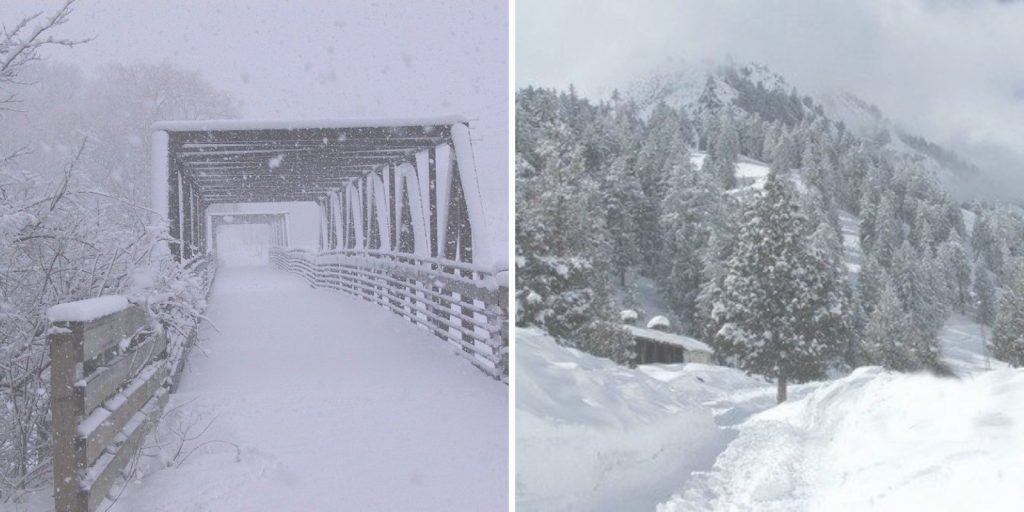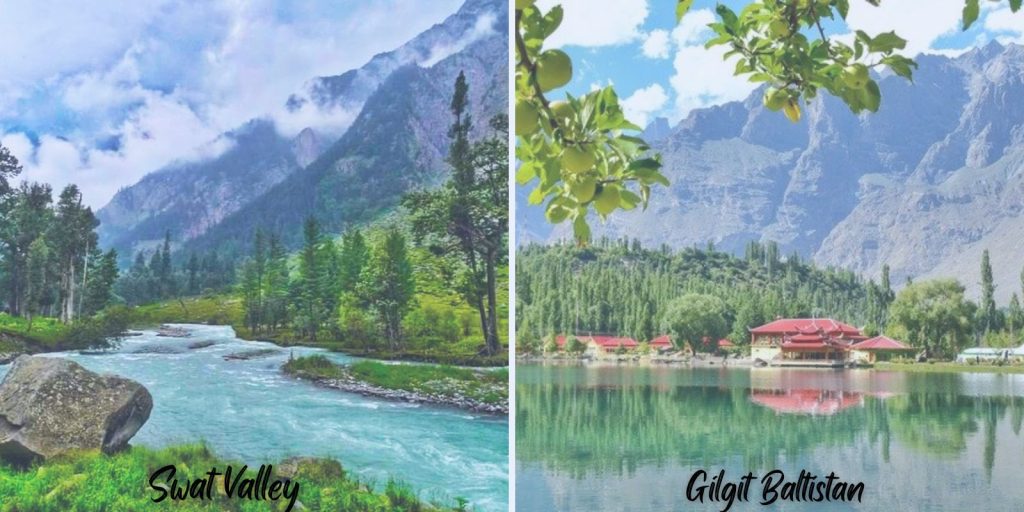Murree Pakistan Snowfall: A Winter Wonderland Adventure
After experiencing a long and scorching summer, the arrival of winter brings immense joy to the people of Pakistan. The Murree Pakistan Snowfall is usually heavy, and the city can be covered in up to several feet of snow. This makes Murree a popular tourist destination for people from all over Pakistan and the world.
Table of Contents
Effects of Climate Change on Winter:
Climate change isn’t limited to just summers. In recent years, the northern regions of Pakistan have witnessed drastically low temperatures, heavy snowfall, and fierce snowstorms. Despite these challenges, the snowfall transforms the northern areas into a breathtaking, unreal world covered in a pristine white blanket.
Attraction for Tourists:

The allure of the snow-covered northern areas draws a significant number of local and international tourists. The serene atmosphere and picturesque landscapes are unparalleled, making it a must-visit destination. To enhance your experience, consider exploring affordable tour packages for the northern areas during the snowfall season.
Preparation for Your Winter Journey:
If you’re planning a winter trip to the north, it’s crucial to gather essential information before starting your adventure. Ensure you’re aware of reachable areas, as heavy snowfall can render some places inaccessible. Additionally, stay updated on weather forecasts and create a well-structured itinerary for your travel plan.
Expected Time Period of Snowfall:
Murree, nestled at the tip of the Punjab province, is a renowned hill station. This year, Murree experienced its initial snowfall in October. The snowfall continued until late February of the following year, with December and January being the prime months for witnessing the enchanting snowfall.
Snowfall Across Provinces:
In the northwestern province of Khyber Pakhtunkhwa, places like Swat Valley, including Malam Jabba, Kalam, Madian, and Murghzar, receive consistent snowfall throughout the season. However, January and February bring an especially abundant blanket of snow.
Gilgit Baltistan experiences the longest period of continuous heavy snowfall, starting from October and persisting until March, with temperatures often plunging below freezing.
Accessible Destinations in Winter:

Murree stands out as one of the most easily accessible tourist destinations, merely 50 km away from Islamabad. A short 1.5-hour drive via the expressway will get you there. It’s advisable to avoid weekends, as the place tends to get overcrowded, leading to higher accommodation costs.
Swat Valley has become readily accessible in winter, thanks to the newly constructed Swat motorway. This motorway has remarkably reduced travel time between Islamabad and Swat to just 2 hours.
While many tourist attractions in Gilgit Baltistan face road blockages due to heavy snowfall, some places remain accessible. Upper and Lower Kachura lakes are among them, located 20 km from Skardu airport. Accommodations around Lower Kachura Lake offer reasonable prices.
Naltar Valley and Khaplu are also accessible in winter, though reaching them may require the guidance of a local.
Conclusion:
Embarking on a winter journey to the northern areas of Pakistan promises an adventure like no other. Craft a thorough travel plan, pack essential items like warm clothing, sturdy footwear, and first aid supplies, and consult your doctor if you have any medical concerns. With everything in order, set out on a journey of a lifetime to create cherished memories amidst the enchanting snowfall in Murree, Pakistan.
